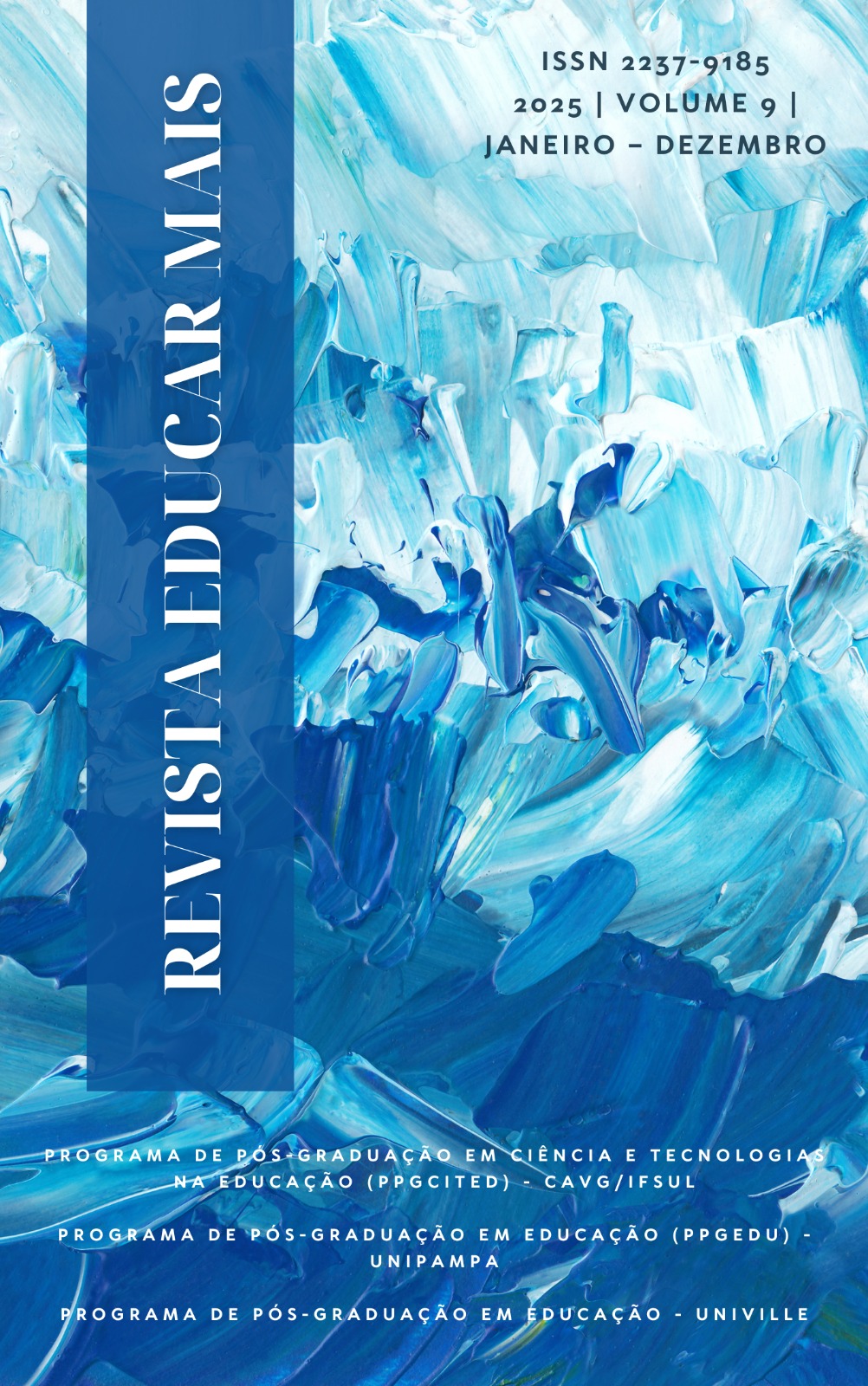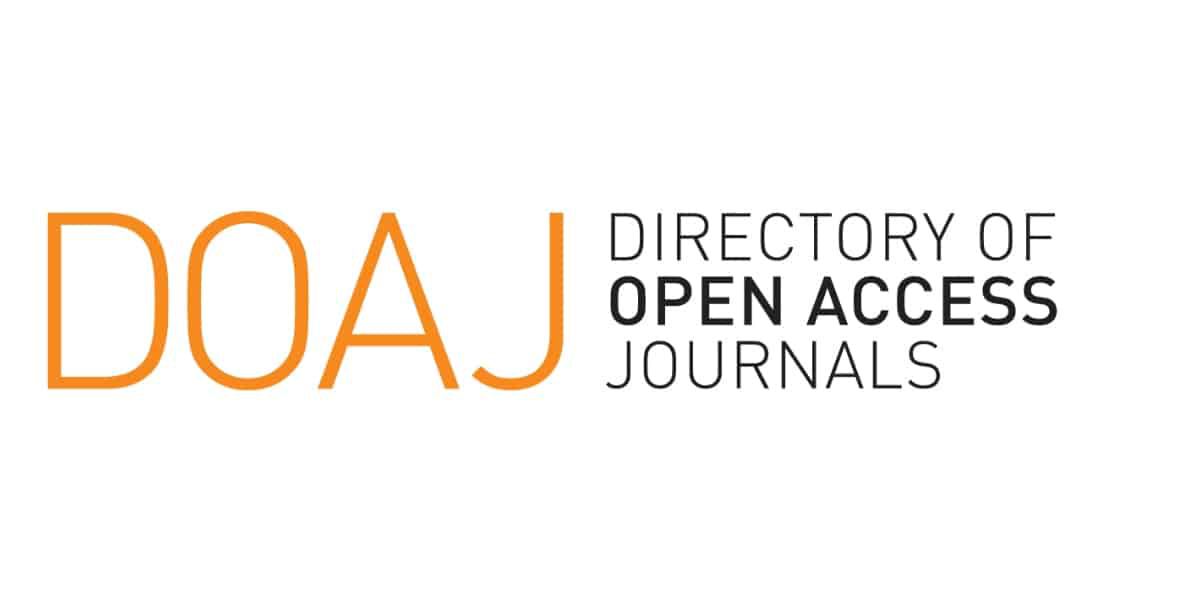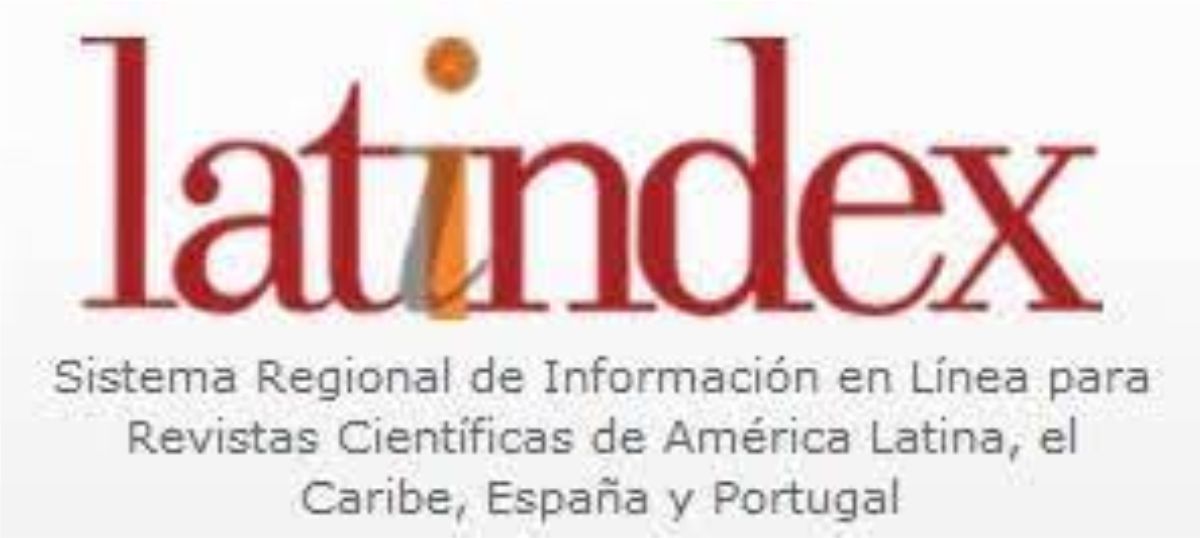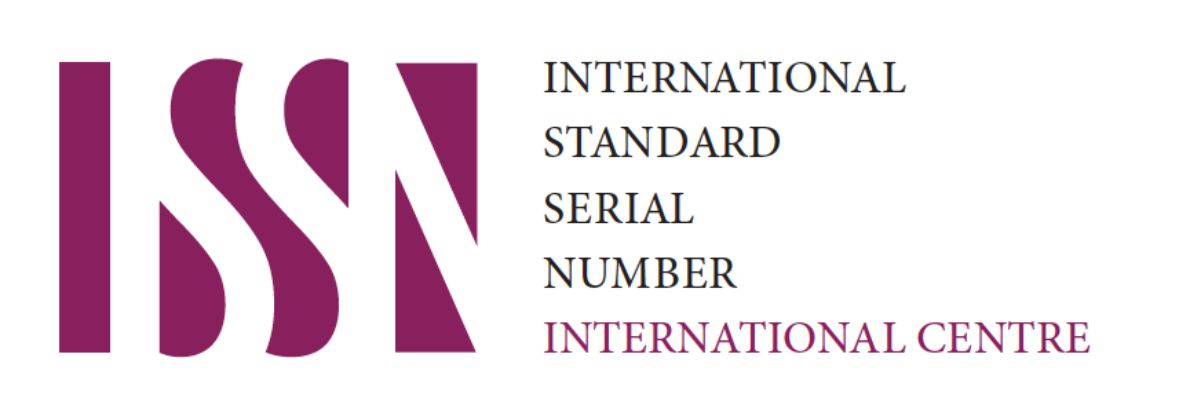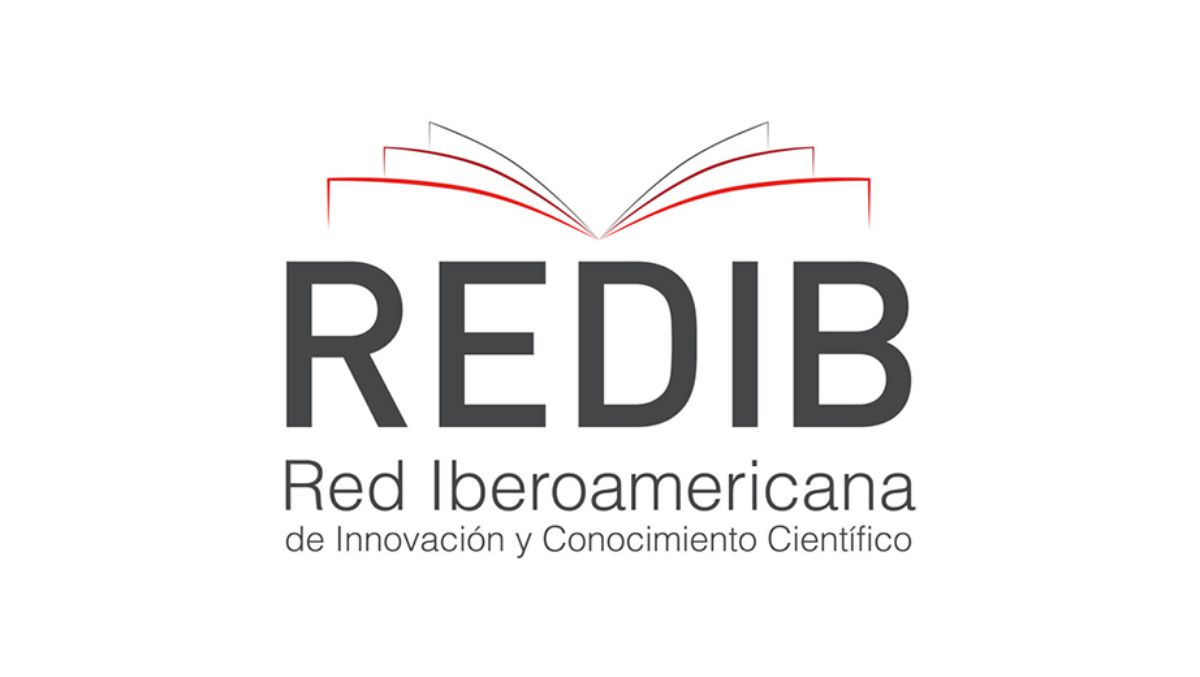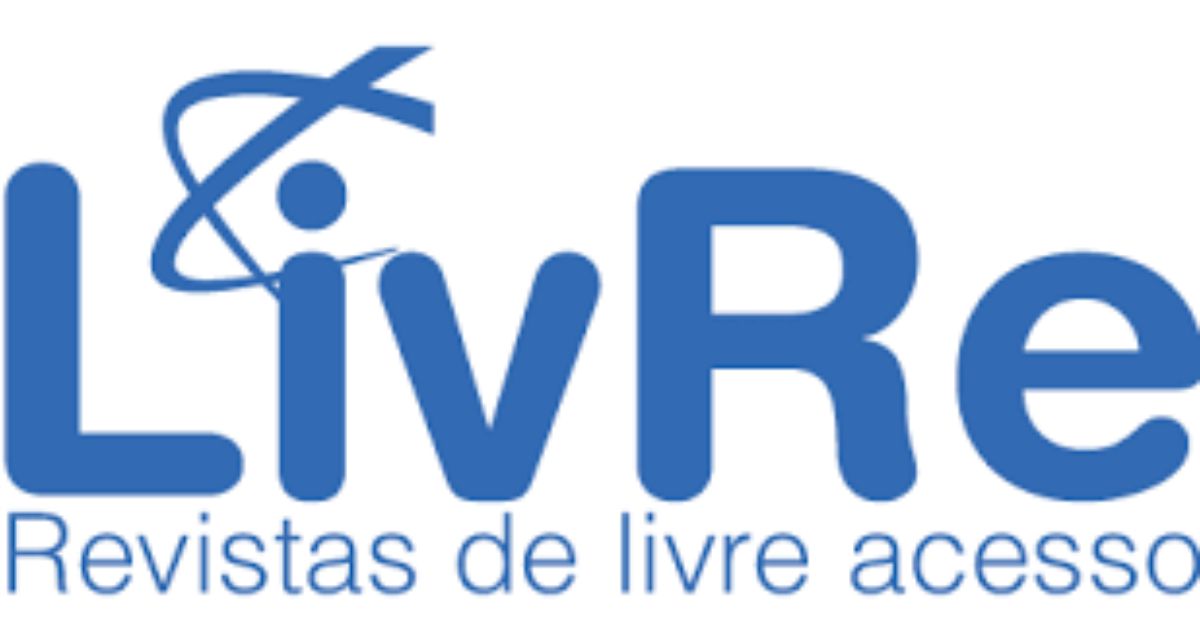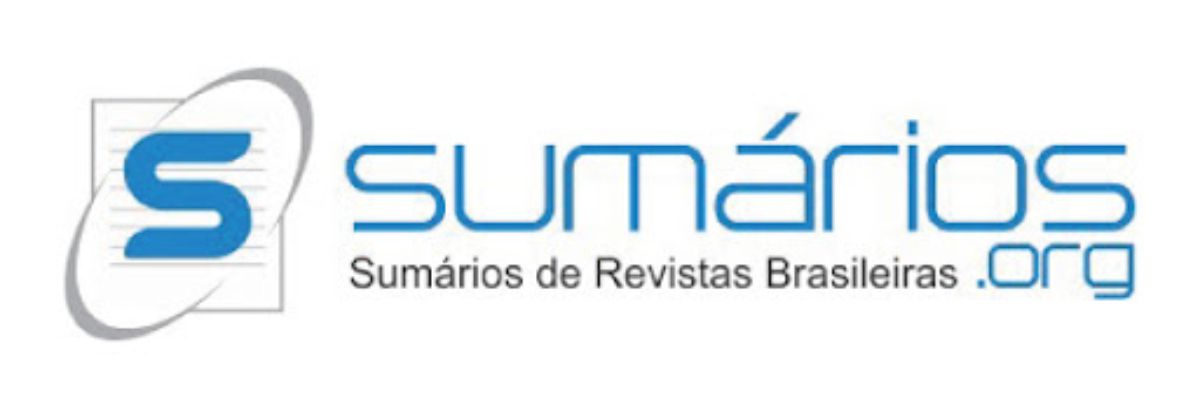Tecnologías inmersivas para la enseñanza de la ingeniería: un enfoque aplicado a la Educación Superior
DOI:
https://doi.org/10.15536/reducarmais.9.2025.4178Palabras clave:
Ingeniería Mecánica, Enseñanza-aprendizaje, Realidad Aumentada, TecnologíaResumen
El escenario educativo contemporáneo exige una actualización constante frente a las innovaciones tecnológicas. En este contexto, herramientas tradicionales como las pizarras convencionales han sido sustituidas por recursos más modernos, como proyectores y pizarras digitales, que proporcionan una mayor interactividad con los contenidos que se trabajan, favoreciendo el proceso de enseñanza-aprendizaje. Este estudio se centra en analizar el uso de la Realidad Aumentada (RA) como herramienta pedagógica en la enseñanza de asignaturas relacionadas con la Ingeniería Mecánica. La propuesta busca abordar una dificultad recurrente entre los estudiantes: la limitación en la visualización tridimensional de elementos habitualmente presentados en representaciones bidimensionales. La metodología adoptada se basa en una revisión bibliográfica de trabajos relevantes, con el objetivo de mapear el estado del arte sobre el tema. Los resultados obtenidos apuntan a la viabilidad de implementar la RA en el aula, siempre que exista una formación previa del profesorado, que actuará como mediador en el proceso de aprendizaje. Se concluye que el uso de RA contribuye significativamente al mejoramiento de la enseñanza en el área de Ingeniería Mecánica, promoviendo una comprensión más amplia y efectiva de los contenidos, además de presentarse como una herramienta viable y aplicable en el contexto educativo.
Descargas
Citas
ALIEV, Yuksel; KOZOV, Vasil; IVANOVA, Galina ; IVANOV, Aleksandar. 3D Augmented Reality Software Solution for Mechanical Engineering Education. ACM International Conference Proceeding Series, v.1, pp. 318-325, 2017. Available at:<https://dl.acm.org/doi/10.1145/3134302.3134306 >. Last accessed on: 20 mar. 2025.
ARAUJO, Pansera de; SCHORN, Solange Castro. Formação docente, currículo e políticas públicas. Revista Contexto & Educação, 32(103), 1–4. 2017. Available at:<https://doi.org/10.21527/2179-1309.2017.103.1-4>. Last accessed on: 04 apr. 2025.
AZUMA, Ronald. A Survey of Augmented Reality. Teleoperators and Virtual Environments, vol. 6, no. 4, pp. 355-385, 1997.
CORREA, Luciana Flor; BAZZO, Walter Antônio. Contribuições da abordagem ciência, tecnologia e sociedade para a humanização do trabalho docente. Revista Contexto & Educação, 32(102), 57–80. 2017. Available at:<https://doi.org/10.21527/2179-1309.2017.102.57-80.>. Last accessed on: 20 mar. 2025.
DINIZ, Wendell Fioravante da Silva. Acionamento de dispositivos robóticos através de interface natural em realidade aumentada. Dissertação de Mestrado. Universidade Estadual de Campinas. 123 p. 2012. Available at:<https://repositorio.unicamp.br/acervo/detalhe/858895?guid=1651449605964&returnUrl=%2Fresultado%2Flistar%3Fguid%3D1651449605964%26quantidadePaginas%3D1%26codigoRegistro%3D858895%23858895&i=22 >. Last accessed on: 20 mar. 2025.
FREITAS, Rodolfo Enrique Perdomo; FONTANA, Maria Iolanda; ZATTI; Angela Helena. Relações entre metodologia ativa, avaliação formativa e aprendizagem discente no curso de engenharia mecânica. Cadernos Unifoa, v.1, n. 45, pp. 97-106, 2021. Available at:<https://revistas.unifoa.edu.br/cadernos/article/view/3386> . Last accessed on: 20 mar. 2025.
GUTIERREZ, Jorge Martin; FERNANDÉZ, Maria Dolores Meneses. Applying Augmented Reality in engineering education to improve academic performance & student motivation. International Journal of Engineering Education, 2014, v. 30, n. 3, pp. 625-635. Available at:<https://www.researchgate.net/publication/270448828_Applying_Augmented_Reality_in_Engineering_Education_to_Improve_Academic_Performance_Student_Motivation>. Last accessed on: 20 mar. 2025.
HERPICH, Fabrício; NUNES, Felipe Becker; VOSS, Gleizer Bierhalz; SINDEAUX, Paulo; TAROUCO, Liane Margarida Rockenbach; LIMA, José Valdeni. Realidade aumentada em geografia: uma atividade de orientação no ensino fundamental. Novas Tecnologias na Educação, vol. 15, pp. 1-10, 2017. Available at:<https://doi.org/10.22456/1679-1916.79225> . Last accessed on: 20 mar. 2025.
HERPICH, Fabrício; LIMA, Wilson Vanucci; NUNES, Felipe Becker; LOBO, Cesar de Oliveira; TAROUCO, Liane Margarida Rockenbach. Atividade Educacional utilizando Realidade Aumentada para o ensino de Física no Ensino Superior. Revista Iberoamericana de Tecnología en Educación y Educación en Tecnología, nº 25, p.68-77, 2020. Available at:< http://www.scielo.org.ar/pdf/ritet/n25/n25a08.pdf. > . Last accessed on: 04 apr. 2025.
JUSTIMIANO, Andresa; GOMES, Caroline; MOTTA, Everton Simões; SEMENTILLE, Antônio Carlos. Sistema de Realidade Aumentada para o Ensino e Treinamento de Pessoas Quanto a Execução de Serviços de Montagem e Manutenção de Equipamentos. Revista Iberoamericana de Tecnología en Educación y Educación en Tecnología, nº. 28, pp. 34-40, 2021. Available at:< https://doi.org/10.24215/18509959.28.e4 >. Last accessed on: 04 apr. 2025.
KRUMMENAUER, Wilson Leandro; DARROZ, Luiz Marcelo. Avaliação através de mapas conceituais em uma disciplina de física no curso de Engenharia Mecânica. Revista Experiências em Ensino de Ciências, v.14, nº 3, pp.366- 372, 2019. Available at: <https://fisica.ufmt.br/eenciojs/index.php/eenci/article/view/274/250> . Last accessed on: 04 apr. 2025.
KRUMMENAUER, Wilson Leandro; COSTA, Sayonara Salvador Cabral. Mapas conceituais como instrumentos de avaliação na Educação de Jovens e Adultos. Revista Experiências em Ensino de Ciências, v.4, pp.33-38, 2009. Available at:<https://fisica.ufmt.br/eenciojs/index.php/eenci/article/view/309 >. Last accessed on: 20 mar. 2025.
LEITE, Bruno Silva. Aplicativos de realidade virtual e realidade aumentada para o ensino de Química. Revista de Estudos e Pesquisas sobre Ensino Tecnológico, v.6, 18p, 2020. Available at:<https://www.researchgate.net/profile/Bruno-Leite-9/publication/342097863_Aplicativos_de_realidade_virtual_e_realidade_aumentada_para_o_ensino_de_Quimica/links/5ee21297299bf1faac4af97c/Aplicativos-de-realidade-virtual-e-realidade-aumentada-para-o-ensino-de-Quimica.pdf > . Last accessed on: 04 apr. 2025.
LIMA, Wilson Vanucci Costa; NUNES, Felipe Becker; HERPICH, Fabrício; LOBO, Cesar de Oliveira. Uma Revisão sistemática da literatura sobre atividades educacionais de realidade aumentada do ensino de ciências da natureza. Revista Iberoamericana de Tecnología en Educación y Educación en Tecnología, nº. 29, pp. 9-19, 2020. Available at:<http://sedici.unlp.edu.ar/bitstream/handle/10915/120989/Documento_completo.pdf-PDFA.pdf?sequence=1&isAllowed=y > . Last accessed on: 04 apr. 2025.
LOPES, Luana Monique Delgado; VIDOTTO, Kajiana Nuernberg Sartor; POZZEBON, Eliane; FERENHOF, Helio Aisenberg. Inovações educacionais com o uso da realidade aumentada: uma revisão sistemática. Educação em Revista, v. 35, pp. 1-33, 2019. Available at:<https://doi.org/10.1590/0102-4698197403 >. Last accessed on: 15 apr. 2025.
MACEDO, Suzana ; BIAZUS, Maria Cristina Villanova ; FERNANDES, Filipe Arantes. Ensino do Campo Magnético de um Ímã em Forma de Barra Utilizando Recursos de Realidade Aumentada. Revista Informática na Educação: Teoria e prática. v.14, n.1, pp. 153-165, 2021. Available at:<https://www.seer.ufrgs.br/index.php/InfEducTeoriaPratica/article/view/21994/13985>. Last accessed on: 15 apr. 2025.
MEC – Ministério da Educação. Sítio Eletrônico. 2010. Available at:<http://portal.mec.gov.br/dmdocuments/referenciais.pdf.> Last accessed on: 15 apr. 2025.
MEKNI, Mehdi; LEMIEUX, André. Augmented Reality : Applications , Challenges and Future Trends. Applied Computational Science anywhere, v.1, pp. 205–214, 2014. Available at:<http://www.cs.ucf.edu/courses/cap6121/spr2020/readings/Mekni2014.pdf>. Last accessed on: 20 apr. 2025.
MORAN, José Manuel. Os novos espaços de atuação do professor com as tecnologias. Endipe, in ROMANOWSKI, Joana Paulin et al (Orgs). Conhecimento local e conhecimento universal: Diversidade, mídias e tecnologias na educação. vol 4, nº12, pp.1-9, 2004. Available at:<https://doi.org/10.7213/rde.v4i12.6938 >. Last accessed on: 20 apr. 2025.
MOREIRA, Lorena Claudia de Souza; RUSCHEL, Regina Coeli. Realidade aumentada na visualização de soluções do projeto de arquitetura. Revista Sociedade Ibero-americana de Gráfica Digital, 2015. Available at:<https://www.proceedings.blucher.com.br/article-details/realidade-aumentada-na-visualizao-de-solues-do-projeto-de-arquitetura-22319 >. Last accessed on: 20 apr. 2025.
PEDROSA, Stella Maria Peixoto de Azevedo; GUIMARÃES, Marco Antonio Zappala. Realidade Virtual e Realidade Aumentada: refletindo sobre os usos e benefícios na educação. Revista Educação e Cultura Contemporânea, v. 16, nº 43, 24p, 2019. Available at:<http://periodicos.estacio.br/index.php/reeduc/article/viewArticle/6258 >. Last accessed on: 20 mar. 2025.
ROCHA, Thomaz Osmane dos Santos; GOMES, Igor dos Santos; SILVA, Douglas Santos; ANDRADE, Jonatas de Sousa ; SILVA, Francisco Xavier Lima; VILHENA, Edil Silva ; PEREIRA, Léo Cesar de Oliveira; FUJIYAMA, Roberto Tetsuo. Uso sustentável da palmeira de miriti como matéria prima e ferramenta didática no ensino/aprendizagem na disciplina de usinagem de materiais na engenharia mecânica. Brazilian Applied Science Review, v.3, n.1, pp.608-619, 2019. Available at:<https://www.brazilianjournals.com/index.php/BASR/article/view/825/705 >. Last accessed on: 20 apr. 2025.
ROMERO, Tori; HOUNSELL, Marcelo da Silva. Introdução à Realidade Virtual e Aumentada. Porto Alegre: Editora SBC, 536 pp. 2018.
SÁ, Asla Medeiros; FERNÁNDEZ, Manuel Eduardo; RAPOSO, Alberto; COSTA, Alvaro Maia. Realidade aumentada para auxiliar na gestão da construção. Cmne/Cilamce, n.1, pp. 1-14. 2007. Available at:<https://www.researchgate.net/profile/Alberto_Raposo/publication/228612181_Augmented_reality_to_Aid_Construction_Management/links/0fcfd50bfa77417887000000.pdf. > . Last accessed on: 20 apr. 2025.
THORNTON, Timothy; ERNST, Jeremy; CLARK, Aaron. Augmented reality as a visual and spatial learning tool in technology education. Technology & Engineering Teacher, vol. 71, nº 8, pp. 18-21, 2012. Available at:< https://eric.ed.gov/?id=EJ983328 >. Last accessed on: 20 apr. 2025.
Descargas
Publicado
Cómo citar
Número
Sección
Licencia
Derechos de autor 2025 Jonathan Felipe da Silva, Sandro César Silveira Jucá, Solonildo Almeida da Silva

Esta obra está bajo una licencia internacional Creative Commons Atribución-NoComercial 4.0.
DECLARACIÓN DE RESPONSABILIDAD: Certifico que participé de la concepción del trabajo, en parte o en la íntegra, que no omití cualesquiera ligaciones o acuerdos de financiación entre los autores y compañías que puedan tener interés en la publicación de este artículo. Certifico que el texto es original y que el trabajo, en parte o en la íntegra, o cualquier otro trabajo con contenido sustancialmente similar, de mi autoría, no fue enviado a otra revista y no lo será mientras su publicación esté siendo considerada por la Revista Educar Mais, sea en formato impreso o electrónico.
El autor responsable por el envío del trabajo representa todos los autores del mismo y, al enviar el artículo para la revista, está garantizando que tiene el permiso de todos para hacerlo. Del mismo modo, asegura que el artículo no viola derechos autorales y que no hay plágio en el trabajo. La revista no se responsabiliza por las opiniones emitidas.
La Revista Educar Mais es de acceso abierto (Open Access), sin que haya la necesidad de pagos de tasas, sea para submisión o procesamiento de los artículos. La revista adopta la definición de Budapest Open Access Initiative (BOAI), o sea, los usuarios poseen el derecho de leer, bajar, copiar, distribuir, imprimir, buscar y hacer links directos para los textos completos de los artículos en ella publicados.
Todos los artículos son publicados con la licencia Creative Commons Atribuição-NãoComercial 4.0 Internacional. Los autores mantienen los derechos autorales sobre sus producciones, debiendo ser contactados directamente si hay interés en uso comercial de los trabajos.
